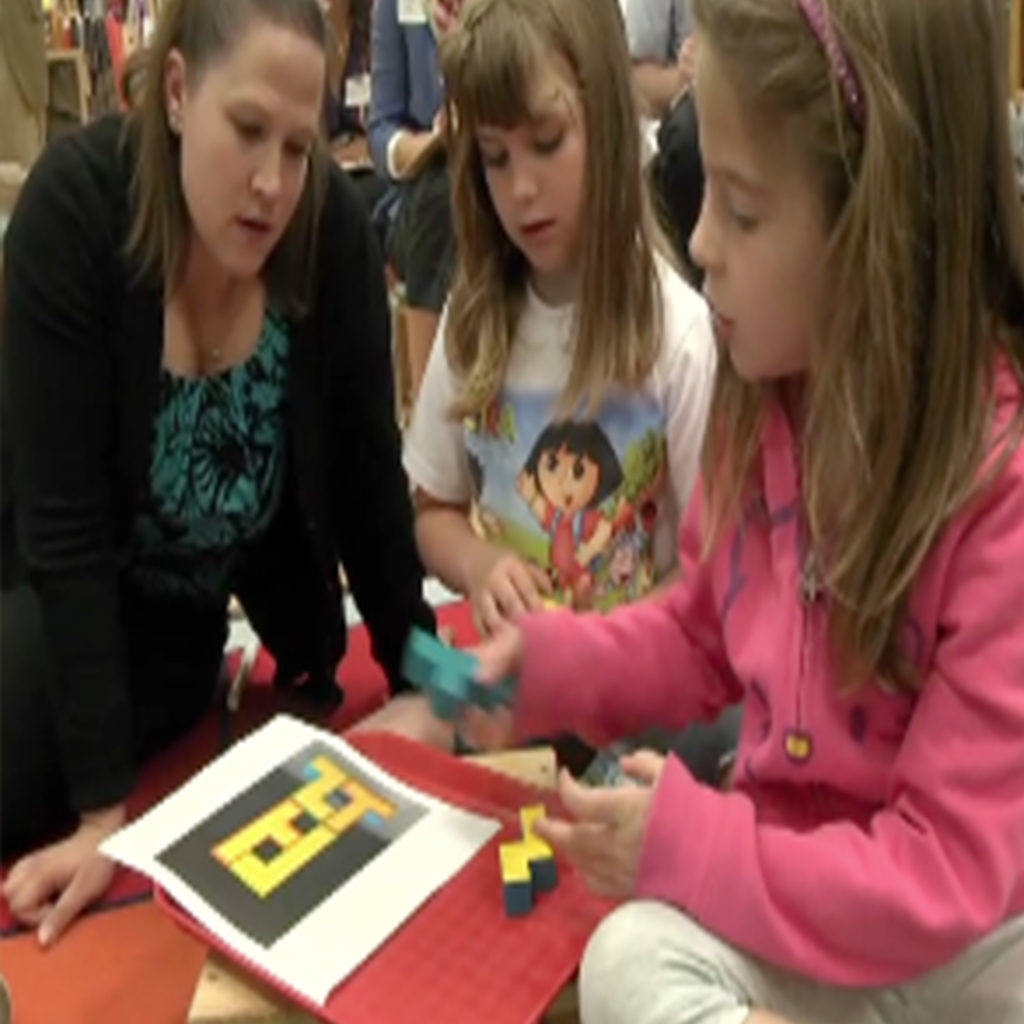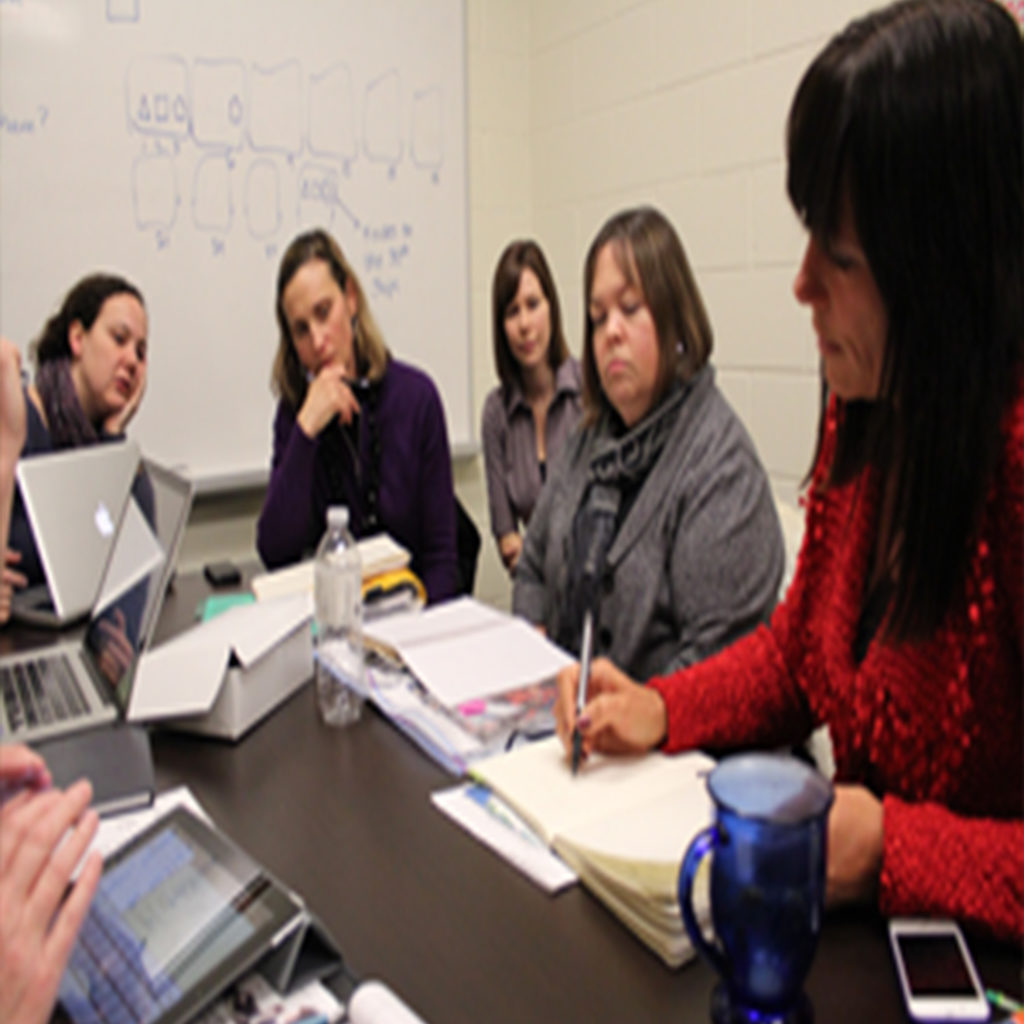About M4YC
Math for Young Children (M4YC) is a research project focused on early mathematics and spatial reasoning. M4YC is a large-scale research study led by Principal Investigator Dr. Cathy Bruce (Dean of Education at Trent University), which has involved over 170 educators and 1200 students at 17 research sites since 2011.
The purpose of this study is to work with teachers to:
- research how young children learn mathematics, particularly how children use spatial reasoning to support their mathematics learning;
- identify how play-based programming supports young students’ understanding, and;
- develop a greater understanding of student learning trajectories in mathematics for young children, and to research effective learning sequences that build spatial reasoning with young children.
We use a lesson study approach, which involves teachers and researchers working together throughout the school year to collaboratively design, implement, field-test and refine engaging and playful spatial reasoning lessons and activities. Lesson study usually culminates in a “public research lesson”, which includes members of the wider educational community who are invited to participate as honourary research team members for a day. On this day, typically visitors will hear about the trajectory of the team, and then observe and debrief a research lesson with the team. The M4YC resources available on this site include the packages shared with these visitors on the day of the public research lesson. These packages include some background information and research, descriptions of and observations from exploratory lessons, details about the public research lesson, as well as observation guides developed by the team in order to gather specific kinds of data from participant observations.
Why focus on spatial reasoning?
The research and professional learning program was developed in response to: 1) a growing recognition of the importance of spatial reasoning for mathematical learning and development (Verdine et al., 2014); 2) widespread neglect of spatial reasoning in early years mathematics (Clements & Sarama, 2011); 3) the finding that spatial ability is highly malleable (Uttal et al., 2013); and 4) the increasing recognition that spatial reasoning provides a means of offering children new opportunities and entry points into mathematics (Mulligan, 2015). We focus on the early years because we know that early mathematics is critically important to later school success (and that early spatial reasoning can predict later success in mathematics).
Because of the historical lack of attention to spatial reasoning, little is known about what a mathematics instructional approach that focuses on spatial reasoning might look like, or the ways in which it supports children’s mathematics learning. Given the age of the children in this project, we have always taken a playful approach to pedagogy. Areas of mathematics that we have explored through a spatial approach with M4YC educator teams have included: composing and decomposing 5 and 10, number lines as thinking tools, patterning and algebra, 2D and 3D geometry, measurement, mapping and coding, perspective taking, mental rotations and cardinality. Our findings to date indicate that spatial reasoning does indeed provide critical support for children in their understanding and ability to communicate across all areas of mathematics, and allows us as educators to better understand and support the many strengths that children bring to mathematics learning.
Interested in learning more?
This large-scale, longitudinal project led to the development of the teacher resource, Taking Shape: Activities to Develop Geometric and Spatial Thinking, Grades K-2 (Moss, Bruce, Caswell, Flynn & Hawes, 2016).
Resources


Spatial Reasoning and Algebraic Thinking
District School Board of Niagara



Spatial Reasoning: Visualization, Mapping and Coding
Kawartha Pine Ridge DSB

Measurement: Exploring Figures with the Same Areas and Different Perimeters
Waterloo Catholic DSB

Measurement: A Spatial Approach to Linear Measurement
Kawartha Pine Ridge DSB



